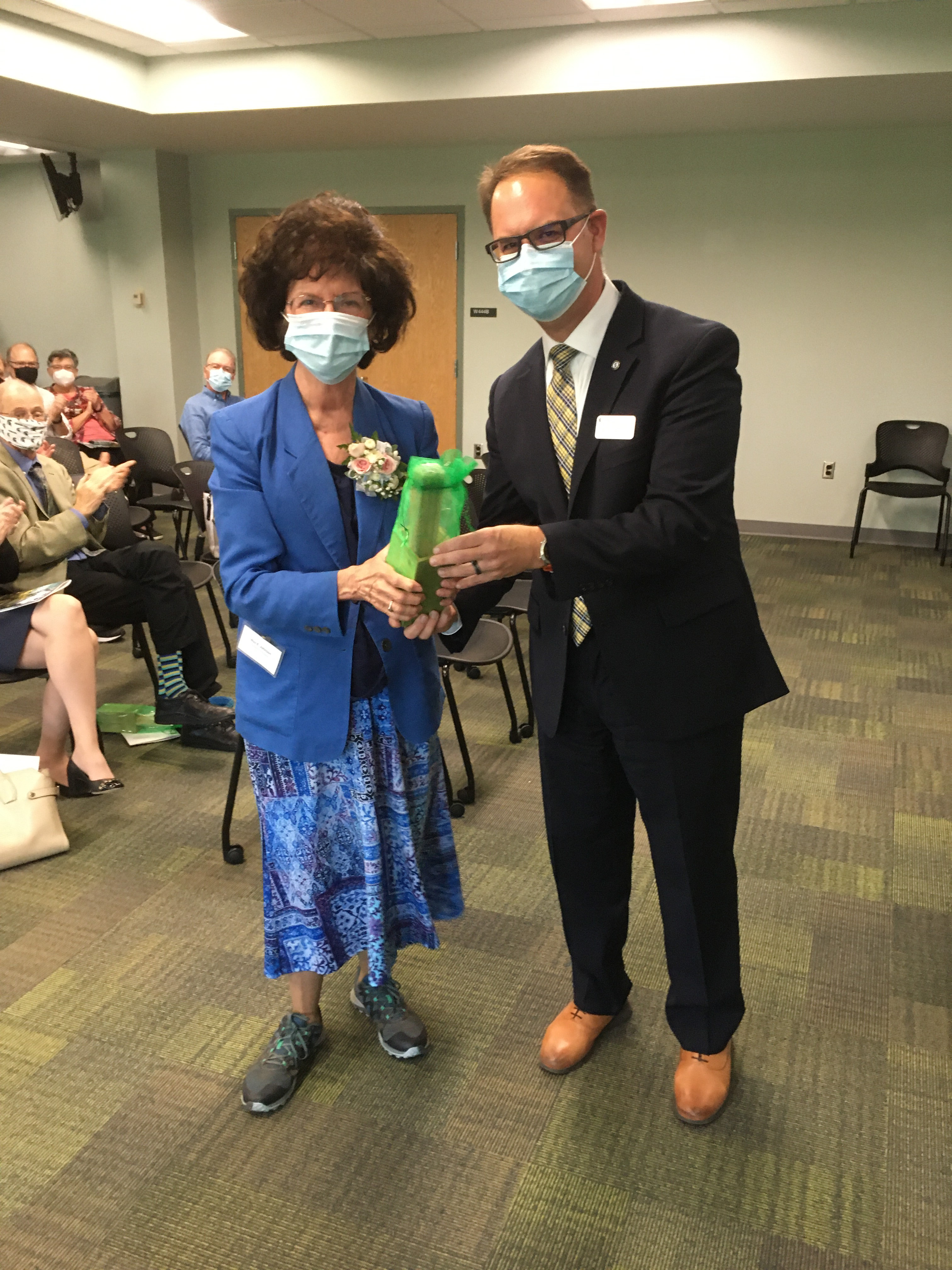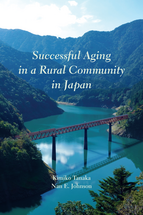MSU Sociology alum and emeritus professor publish a new book focusing on aging in rural Japan
October 4, 2021
MSU Sociology PhD alumna Dr. Kimiko Tanaka and Professor Emerita Dr. Nan Johnson provides the perspective that the quality of community may be a crucial factor that could buffer the negative effects of rurality on the well-being of the elderly in their new book "Successful Aging in a Rural Community in Japan" published by Carolina Academic Press.

This book provides the important insight that words such as “rural” and “depopulation” do not simply equate with negative outcomes for the elderly. Previous studies in the U.S. pointed out that negative health outcomes for the elderly living in rural areas are due to low socioeconomic status, poverty, and lack of access to better health care. This book will provide the perspective that the quality of community may be a crucial factor that could buffer the negative effects of rurality on the well-being of the elderly.
Kawanehonchō, located in Shizuoka Prefecture, is an important case of local governance supporting the elderly with active participation of local residents. The government considered this town to be endangered based on its significant population decrease and aging. Depopulation is often labeled as inconvenient, problematic, or deserted; Kawanehonchō is in a remote location where 90% of the land is covered by forests. There are no advanced hospitals or large corporations that benefit workers with high salaries and benefits.
 No one would expect that Kawanehonchō is producing one of the longest healthy life expectancies in Japan and in the world. Kawanehonchō’s community highlights the importance of the quality of community and social ties in achieving healthy aging regardless of socioeconomic status, geographical inconvenience, or lack of advanced medical technology.
No one would expect that Kawanehonchō is producing one of the longest healthy life expectancies in Japan and in the world. Kawanehonchō’s community highlights the importance of the quality of community and social ties in achieving healthy aging regardless of socioeconomic status, geographical inconvenience, or lack of advanced medical technology.
Click here to listen to the authors discuss their book on the New Books Network podcast.
Dr. Kimiko Tanaka is an Associate Professor of Sociology at James Madison University. She received her MA and PhD from Michigan State University.
Dr. Nan Johnson, Professor Emerita, has studied the "racial crossovers" in fertility and mortality and the return migration of elderly people to rural America.

